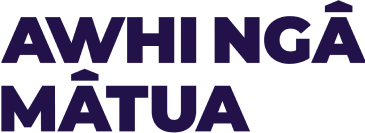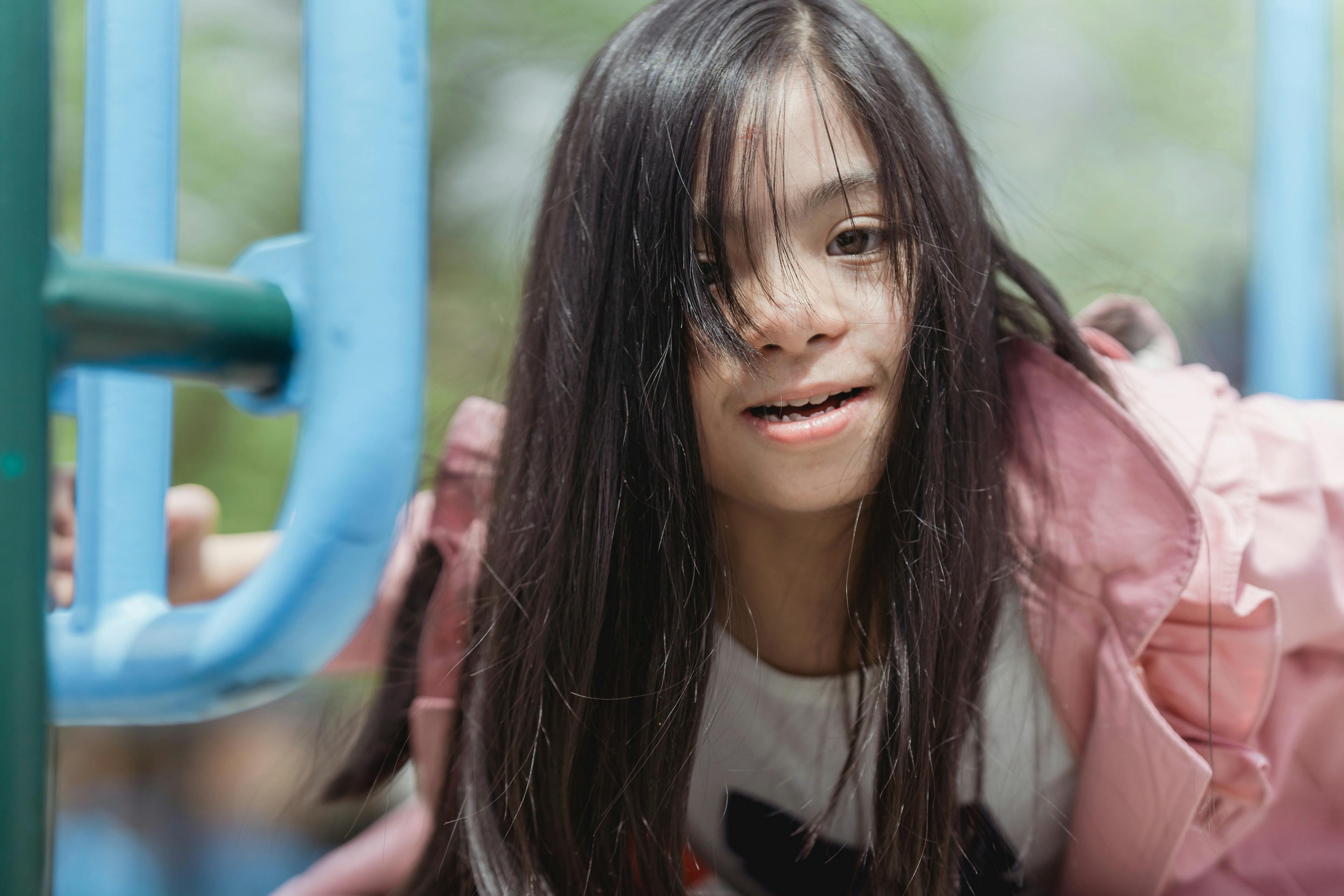Awhi is still in development, we'd love your feedback and suggestions. Let us know.
Help! My child is being bullied and I don’t know what to do!
Watching your child disappear through the school gates can be nerve-wracking for parents at the best of times – harder still, if your child has a disability, is neurodivergent, or is medically fragile. Ironically, it could be the same school you’ve fought tooth and nail to get them into, but now you’re visualising all the things that could go wrong, with bullying at the top of the list.
All children can be bullied, but most at risk are the ones who other kids see as different in some way. Complicating matters, bullying often happens when there are no adult witnesses, and other children are too scared or too confused to intervene.
But don’t panic, there are many strategies and safeguards that parents can put in place, to make sure your child is supported and able to speak up about bullying. **The IHC Library and Awhi Ngā Mātua are here to help. **We have heaps of resources at our fingertips that we can direct you towards. We have online resources including eBooks, books with advice for adults, picture books for parents to read with their children, to help kick off discussions around bullying, and links to other helpful websites and organisations.
As parents of children with disabilities or who are medically fragile, we must keep a watchful eye out for tell-tale signs of bullying, as our children may lack the verbal skills to tell us what’s going on. Sometimes children are not even aware that they _are _being bullied, or they might think they deserve it. These are dangerous messages for children to internalise, so the sooner a bullying situation is detected and dealt with - the better!
Signs to look out for:
- Your child’s personality has changed in some way, they may be moodier/more easily upset/aggressive/less confident/or withdrawn.
- They are reluctant to go to school and may invent excuses to stay home.
- They no longer do so well at school and/or teachers show concern
- They have stomach aches, headaches, nightmares and difficulty sleeping.
- They come home with missing or damaged belongings, or with physical injuries.
What to do and say:
As a parent it’s hard not to feel angry on your child’s behalf, especially if it triggers memories of bullying from your own childhood. But you owe it to your child to be calm and clear-headed.
Criticize the bullying behaviour but don’t label another child as a bully.
You need your child to know that you will help them get through it. No-one deserves to be bullied and it is NEVER their fault. If someone is unkind to them**, it is okay to feel angry or sad**, but it is not okay to be unkind back.
Children are sometimes reluctant, embarrassed or have difficulty talking about what is happening to them. One approach is to ask your child about the good things that happened in their day, following it up with a question about any bad things that might have happened.
Alternatively, we suggest reading one of IHC Library’s child-friendly books on bullying together. Use the text and the illustrations to start a conversation about how the child in the story might feel about being bullied. Then you can ask if they’ve ever felt that way too. Let your child know this is a problem you can solve together, if you both put your thinking hats on!
Role-playing at home, with you as the bully, is a handy way to show children what they can say or do the next time someone bullies them. Or ask your child’s teacher if they can hold a role-playing activity on bullying, to get the whole class involved.
Other children at your child’s school may be aware of what’s going on but simply don’t know how to help, or are afraid to. We need to make it easy for children to stand up for others. Give them** guidance on how to show empathy, stand up for others, especially if they are different or more vulnerable**.
Before you get on the phone to your child’s teacher, get your child’s ‘buy-in’. They may not be ready to get the school’s involvement, so take your cue from them before taking it to the next level.
Having friends is an effective barrier to bullying; just having one friend can lessen the odds of being bullied. If your child has difficulty making friends, your child’s teacher may ask a classmate to consider being their buddy. Joining a club outside of school is also a great way to make new friends and build up self-esteem.
Bullying can be a complex issue, and these are just a few of the strategies we at IHC Library suggest giving a go. This is one of a series of blogs on bullying, you may also be interested in our blog on bullying and autism or _cyberbullying. _Or if you prefer, we can put together a personalised information package on the topics of your choice. Just give us a call on 0800 442 442 or email librarian@ihc.org.nz.
Kids’ books from the IHC Library:
- Ouch moments – When words are used in hurtful ways - by Michael Genhard, illustrated by Viviana Garofol
- _Teasing isn’t funny – What to do about emotional bullying – _by Melissa Higgins, illustrated by Simone Shin
- Emily’s being bullied – What can she do – by Helen Cowie, Harriet Tenenbaum, Ffion Jones, illustrated by Ffion Jones
- _The Bully Blockers – Standing up for classmates with Autism _– by Celeste Shally, illustrated by David Harrington
- Bobby and Mandee’s Too Smart for Bullies - by Robert Kahn, Sharon Chandler, illustrated by Sue Lynn Cotton
- _Be Bully-Free: A hands-on guide to how you can take control (teens) – _by Michael Panckridge (also available as an Ebook)
Books for Adults from the IHC Library:
- Stop bullying by taking charge of safety – Irene Van der Zande
- Easing the Teasing – Judy Freedman
- Awhi Nga Matua Facebook video with Phil Clarke on bullying
Helpful websites
- Bullying Free NZ
- Skylight
- He Whakaaro - Education Counts.
- The educational experiences of disabled learners
Resources
Stop bullying by taking charge of safety :
Stop bullying by taking charge of safety :
"In this book, you will find lessons with explanations, stories,...
"In this book, you will...
Easing the teasing :
Easing the teasing :
Teaches children and parents how to effectively deal with teasing...
Teaches children and...
Bullying : Hot picks from the Library 11
Bullying : Hot picks from the Library 11
Phil talks about resources about bullying - including addressing...
Phil talks about resources...
Bullying-Free NZ :
Bullying-Free NZ :
Bullying-Free NZ is an initiative from the Bullying Prevention...
Bullying-Free NZ is an...
Skylight Trust :
Skylight Trust :
Skylight Trust supports people of all ages throughout New Zealand...
Skylight Trust supports...
He Whakaaro :
He Whakaaro :
This paper summarises what we know about bullying in the education...
This paper summarises what...
He Whakaaro :
He Whakaaro :
New Zealand is committed to providing an inclusive education...
New Zealand is committed to...

Resources for kids
Ouch! moments :
Ouch! moments :
"Explains 'ouch moments' in kid-friendly terms, offers practical...
"Explains 'ouch moments' in...
Teasing isn't funny :
Teasing isn't funny :
"Sensitive, narrative text from illustrated animal characters shows...
"Sensitive, narrative text...
Emily is being bullied, what can she do? :
Emily is being bullied, what can she do? :
Meet Emily. She is being bullied by a group of children at school....
Meet Emily. She is being...
The bully blockers :
The bully blockers :
"Tells the story of a boy who witnesses a classmate with autism...
"Tells the story of a boy...
Bobby and Mandee's too smart for bullies /
Bobby and Mandee's too smart for bullies /
Bullies, Beware! This little book is going to have a big impact! In...
Bullies, Beware! This...
Be bully free :
Be bully free :
"Seeking to empower children who are bullied, this book presents a...
"Seeking to empower...
Be bully free :
Be bully free :
"Seeking to empower children who are bullied, this book presents a...
"Seeking to empower...
Awhi Ngā Mātua
This article has been developed by Awhi Ngā Mātua with research support from the IHC library.
Was this resource helpful to you?


The Awhi Ngā Mātua team would like to thank Takai, the IHC Foundation and the Dines Family Charitable Trust for their generous contributions to our work. A huge thank you also to the IHC Programmes team, in particular the IHC Library which has worked so hard to make their remarkable collection available to us.








